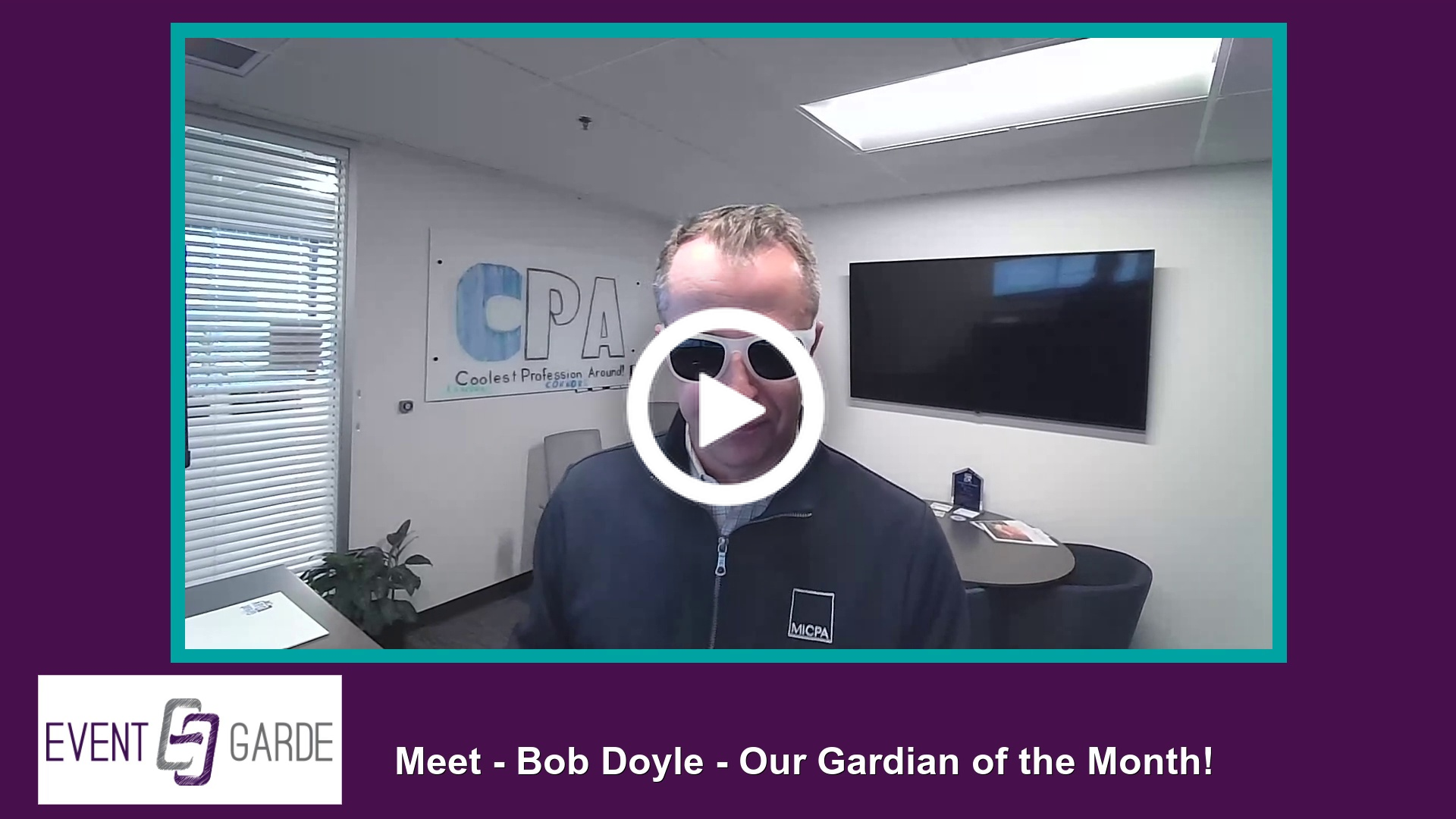
Our Gardian of the Month is Bob Doyle, President & CEO, Michigan Association of CPAs (MICPA).
EG: What type of environment or setting do you find that you learn best in?
BD: I much prefer in-person learning and collaboration. We schedule all MICPA team training in person for us to learn, work together, and build trust with each other.
EG: What tip or trick would you share with someone not super comfortable with networking?
BD: The majority of the room doesn’t want to be there either, so you might as well make the most of it! �� I also suggest you ask someone a question like “what is the most interesting thing you’ve done recently?” or “what was your favorite vacation?” rather than just asking someone what they do/where they work.
EG: What is a challenge you have encountered applying new skills to your work and how did you overcome it?
BD: When I first started at MICPA I did not come from the accounting profession, so I had to learn a lot quickly through a lot of listening and talking with others who are experts in the field.
EG: Just for Fun - If you could have an all-expenses paid trip to anywhere in the world, where would you choose and why?
BD: Ireland, to visit the old country and play some golf!
EG: What is a resource that has been valuable to you in your work, and what makes you appreciate it?
Click the video below to see Bob's response!



